We all know how annoying rodents can be when they’re inside the house.
But they can be just as irritating when they’re out in the garden, munching away at your flower bulbs like there’s no tomorrow.
Since flower bulbs are rich in carbohydrates, they’re a sought-after, high-energy treat for many mammals. And that’s no exaggeration – believe it or not, a tulip bulb is actually more caloric than a potato!
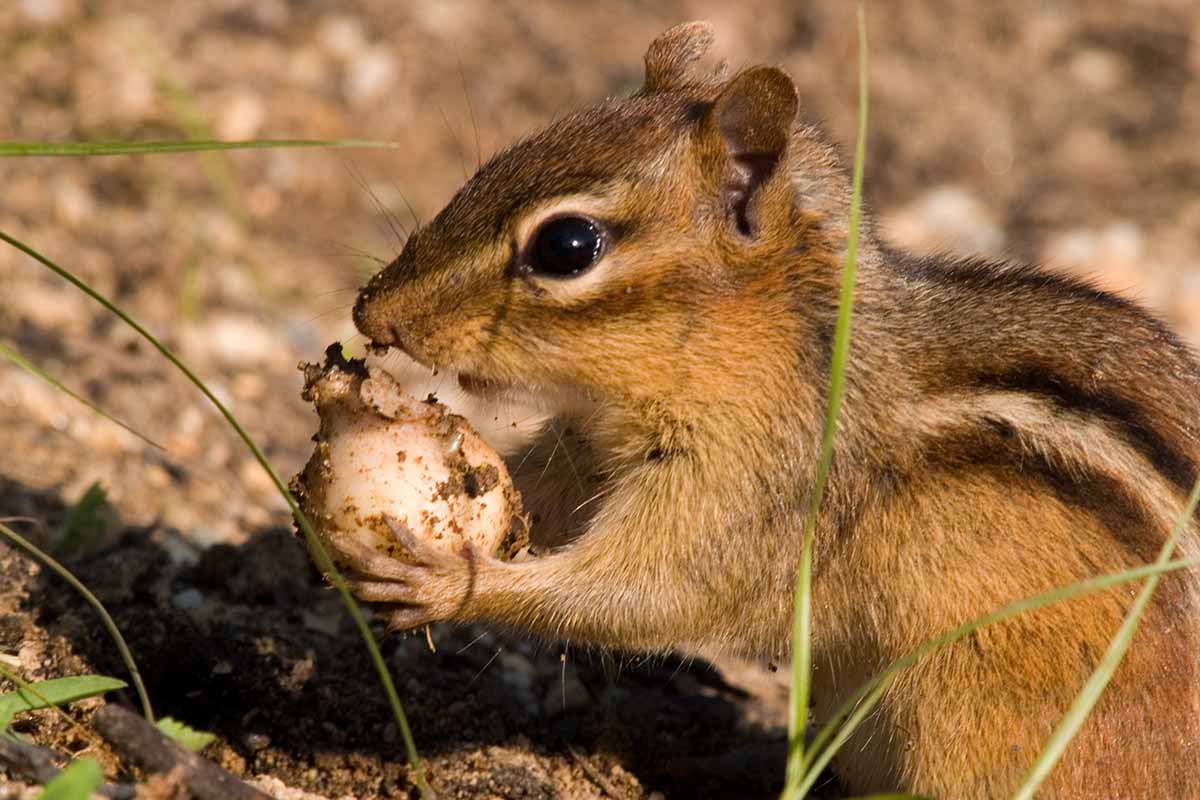
We link to vendors to help you find relevant products. If you buy from one of our links, we may earn a commission.
And while this feasting keeps your local vermin nourished and happy, it’s not ideal for maintaining a beautiful floral display. Not one bit.
Because when a flower bulb is damaged by hungry rodents, it won’t have the resources necessary for blooming. Which is a real shame.
To keep this real shame from becoming a real-life shame, we’ve whipped up a guide that’ll help you protect your flower bulbs from rodents.
I’ll also cover some tips that’ll help with rodent infestations in the garden… regardless of which plants they chow down on.
How to Stop Rodents Damaging Your Bulbs
What’s the Harm?
Maybe you’ve got a soft spot for animals, and don’t wish to hurt them.
Or perhaps you’re a former rodent exterminator living out your life as a peaceful gardener, hiding from your exterminating past like an assassin in one of those “an old killer gets back in the game” movies that are popular nowadays.
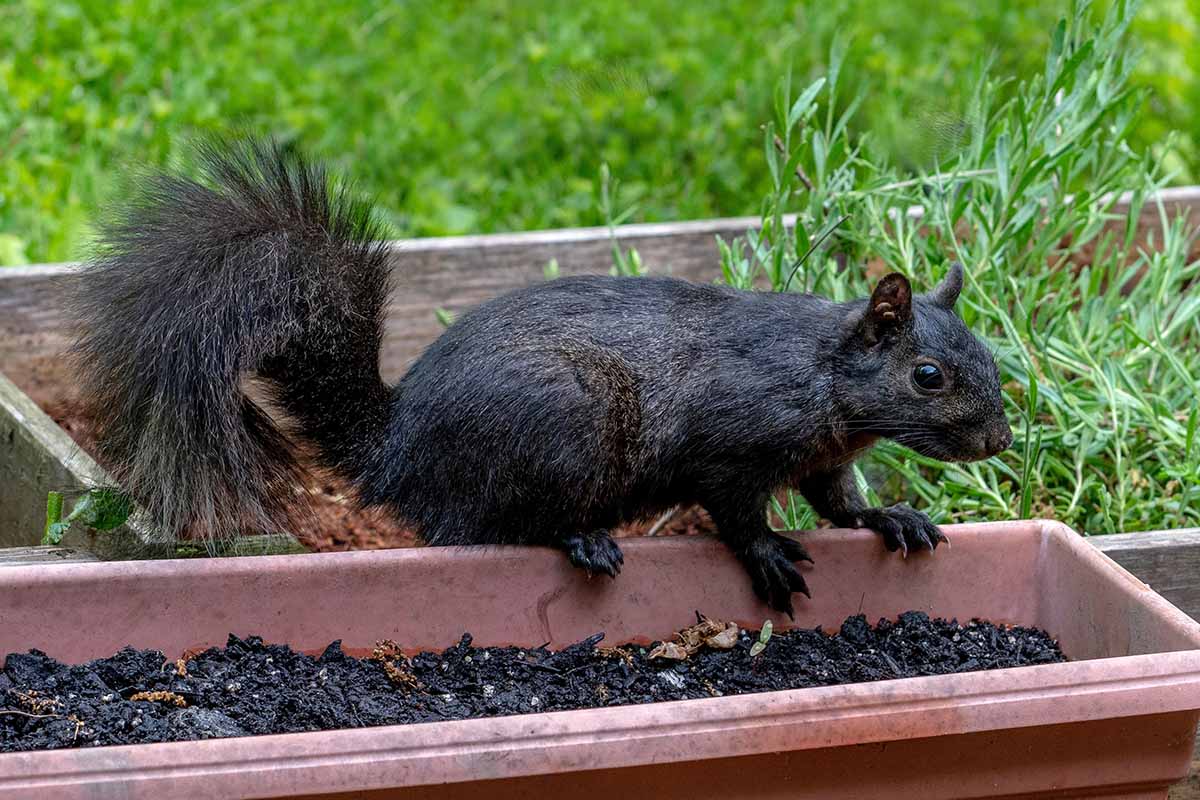
Whatever your reservations are, I totally understand. However, even if you go the completely non-harmful route, I’d still recommend doing something, as doing nothing about a rodent infestation could be bad news for your garden.
First and foremost, your flowering bulbs won’t bloom if they’re eaten by rodents. And those that have been damaged may fail to bloom or put out such a sad, stunted flower that you’ll wonder why it even bothered.
Besides poor flowering, partially consumed or damaged bulbs are vulnerable to pathogens and insects, which can create even more problems for your garden.
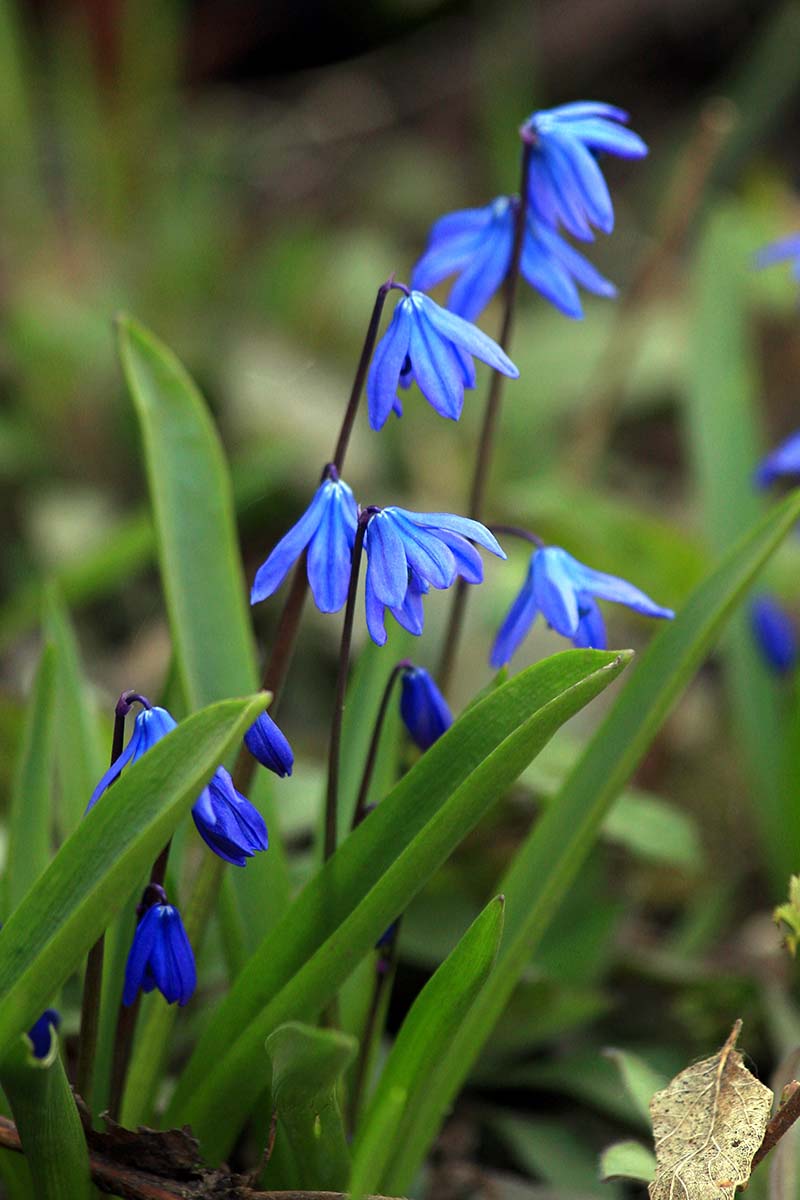
Aside from your flower bulbs, rodents in the garden will consume other plants, too.
Plus, they’ll naturally spread fleas, ticks, and feces as they move throughout the garden, which can spread harmful diseases, like leptospirosis, to humans and pets.
And don’t forget the other forms of damage that can result, such as underground tunneling and topsoil disturbance.
Rodents to Watch Out For
Fun fact about rodents: they’re mammals of the taxonomic order Rodentia, which are characterized by a pair of continuously growing incisor teeth on both the upper and lower jaws.
Furthermore, Rodentia is the largest order of mammals, with over 2000 different species. That’s a lot of different animals!
North American gardeners, keep your eyes peeled for mice, rats, voles, gophers, groundhogs, chipmunks, and squirrels, which should make up the majority of your offenders.
If you were hoping to catch a big ol’ capybara digging into your daffodils, I’m sorry to say that those are native to South America.
Signs of a Rodent Problem
So how does a gardener know when they’ve got an infestation on their hands, besides actually catching the critters in the act or simply seeing them in the garden?
If your plants start disappearing without a trace, that’s a definite sign.
In particular, mice, rats, and gophers are fond of feeding from below, munching on roots and pulling plants underneath the soil line in a way that leaves little evidence of their presence.
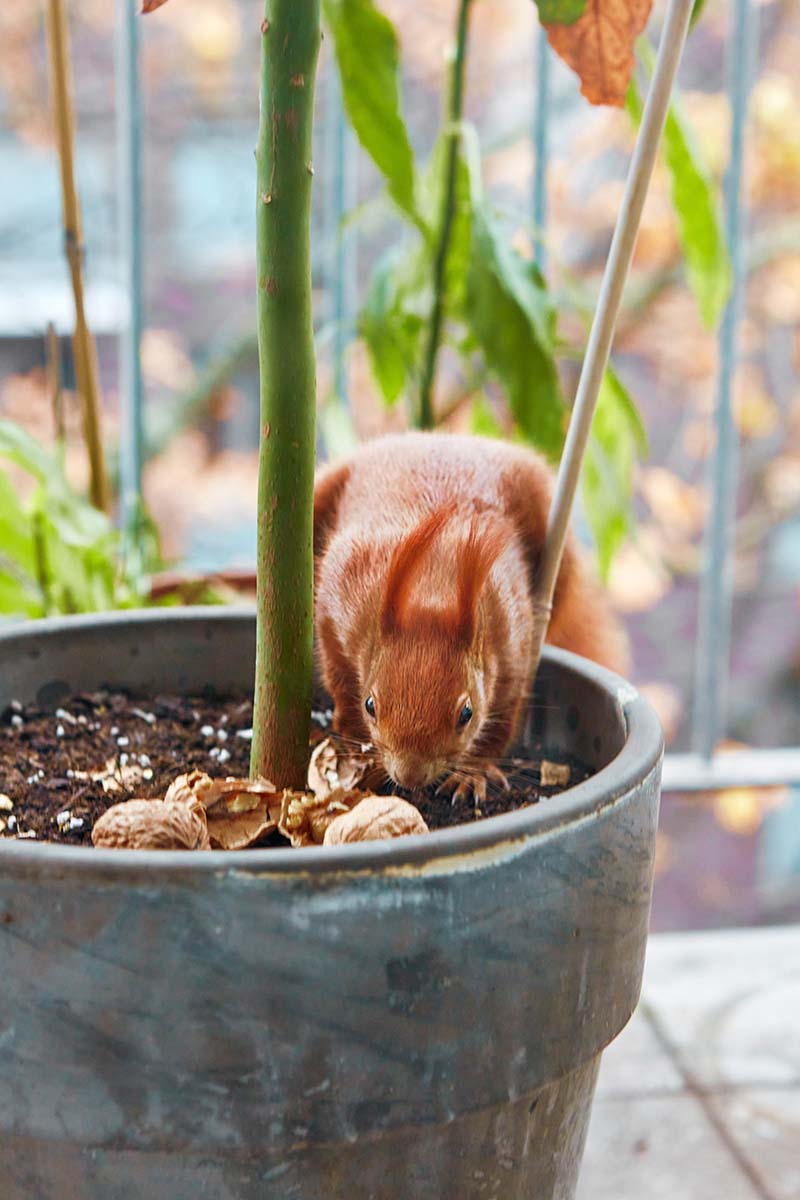
These burrowers will also leave tunnels in the ground, which can push up the soil above the tunnels into mounds.
The soil mounds above gopher tunnels will be larger and more noticeable than those of mouse and rat tunnels. Additionally, gophers and rats will create aboveground clumps of soil to mark their burrow entrances.
In the case of vermin such as squirrels and chipmunks that don’t tunnel through soil, these critters dig up and consume bulbs, leaving far more evidence. The planting bed will be disturbed, and gaping, bulbless holes will be obvious.
All this chewed bulb tissue has to end up somewhere, and in general, rodent droppings look a lot like black grains of rice – yet another sign. If you see a lot of feces, rest assured that your local vermin have been feasting.
General Preventative Practices
So, how can you keep rodents from seeing your garden as an all-you-can-eat buffet?
Here are some top tips to keep them away from your bulbs:
1. Don’t Attract Rodents
For starters, keep your garden free of debris. Rodents regularly make their nests in wood piles, compost heaps, tall grasses, and piles of brush you haven’t gotten rid of yet.
So regularly rearrange wood, turn compost, cut the grass, and dispose of brush.
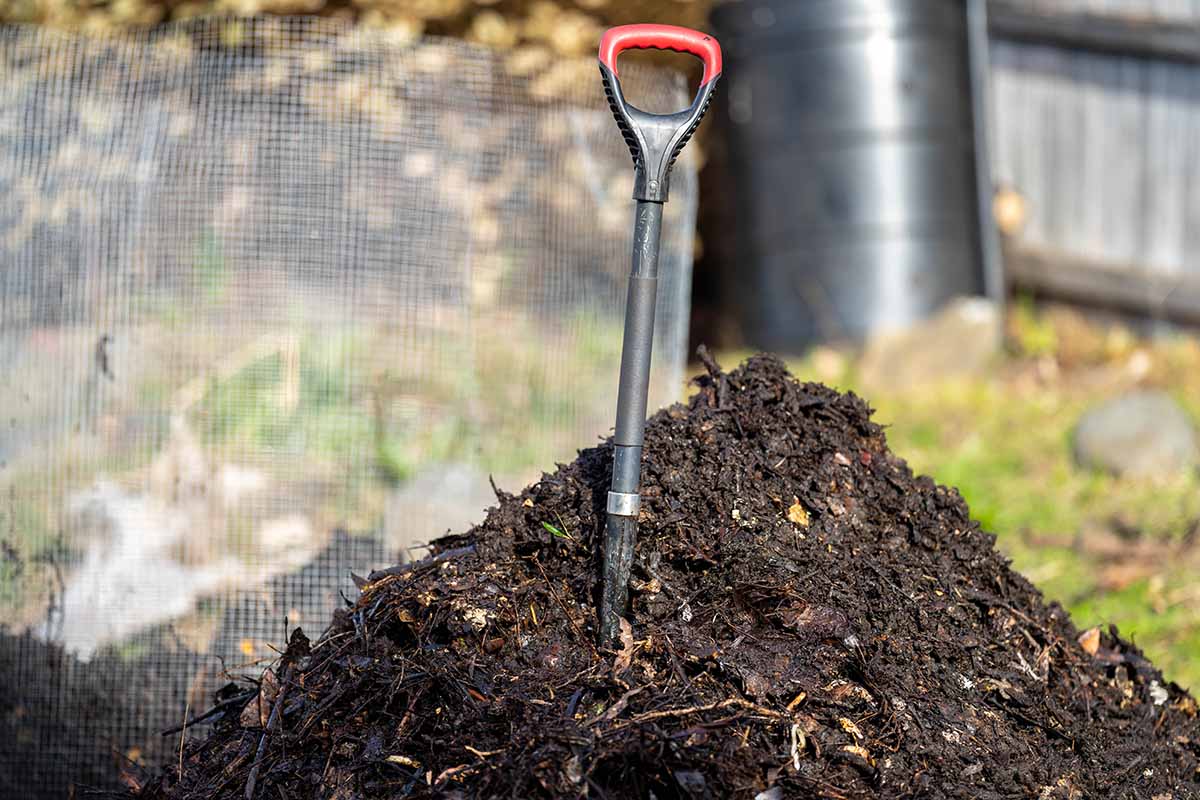
Rodents are also attracted to discarded food. Try not to throw away large amounts of smelly food, and be sure to keep your garbage and recycling bins clean.
Bird seed can be alluring as well, so be sure to clean up any spilled seed from under your bird feeders.
In the case of squirrels, if you already have a large number that frequent your yard, it can help to put out an alternative food source that they find more appealing than your bulbs.
A dedicated squirrel-feeding station may discourage them from helping themselves to your plants.
You can also plant flower bulbs that rodents don’t like. Daffodils, snowdrops, Siberian squills, glory-of-the-snow, hyacinths, alliums, and grape hyacinths are a lot more pest-proof than tulips, crocuses, and amaryllis.
2. Shield Your Bulbs
For some peace of mind, it helps to protect your flower bulbs directly. And a layer of half-inch hardware cloth does a pretty good job at that.
After digging out your planting area a foot deep, surround the perimeter with a strip of hardware cloth that extends a foot belowground. Also lay down some cloth at the bottom of the bed – all of this will defend against burrowers.
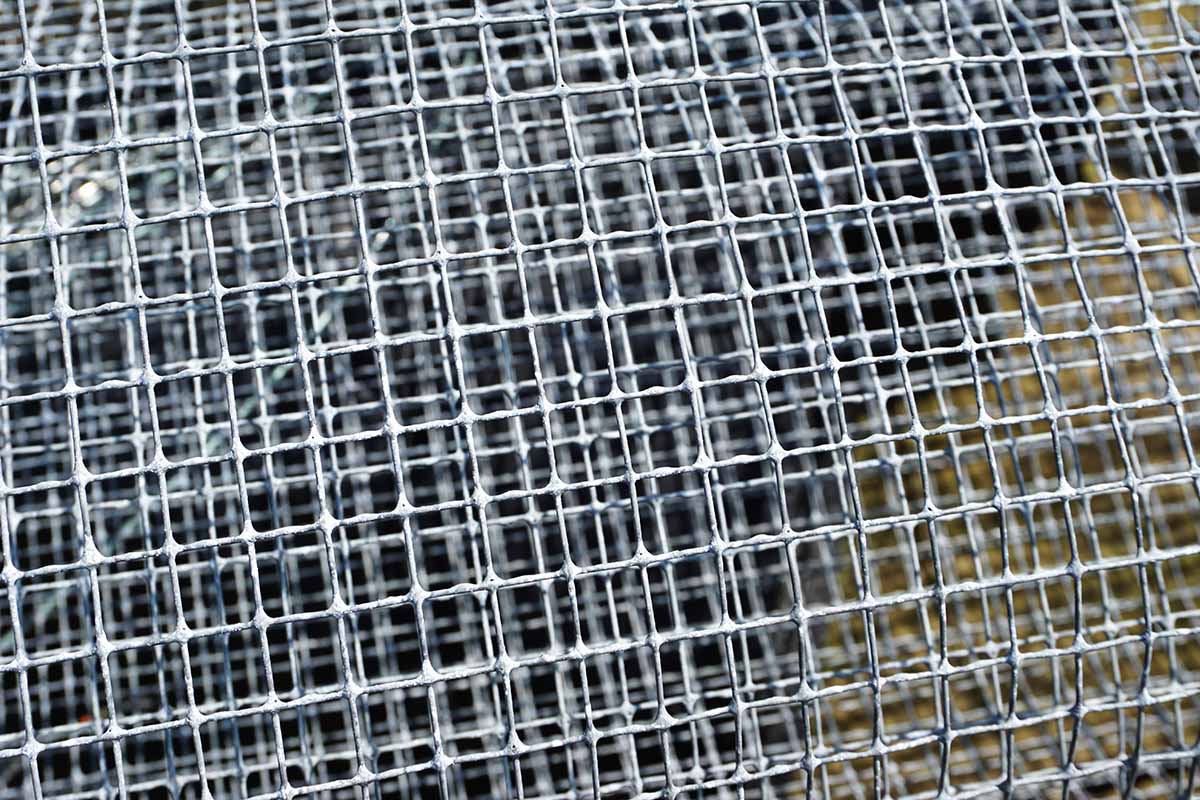
Alternatively, you could create a cup-like “cages” for each individual bulb, then plant it, cage and all, into the soil.
Need some hardware cloth? You can find a galvanized steel roll of it that’s a half-inch thick, available from Home Depot.
Or, you could grow your bulbs in containers to avoid the risk of burrowing altogether.
There’s not much you can do to keep squirrels and chipmunks out of your landscape, as those guys are agile ninjas. But you can cover your planting bed with hardware cloth until the bulbs start to sprout – just don’t forget to remove it!
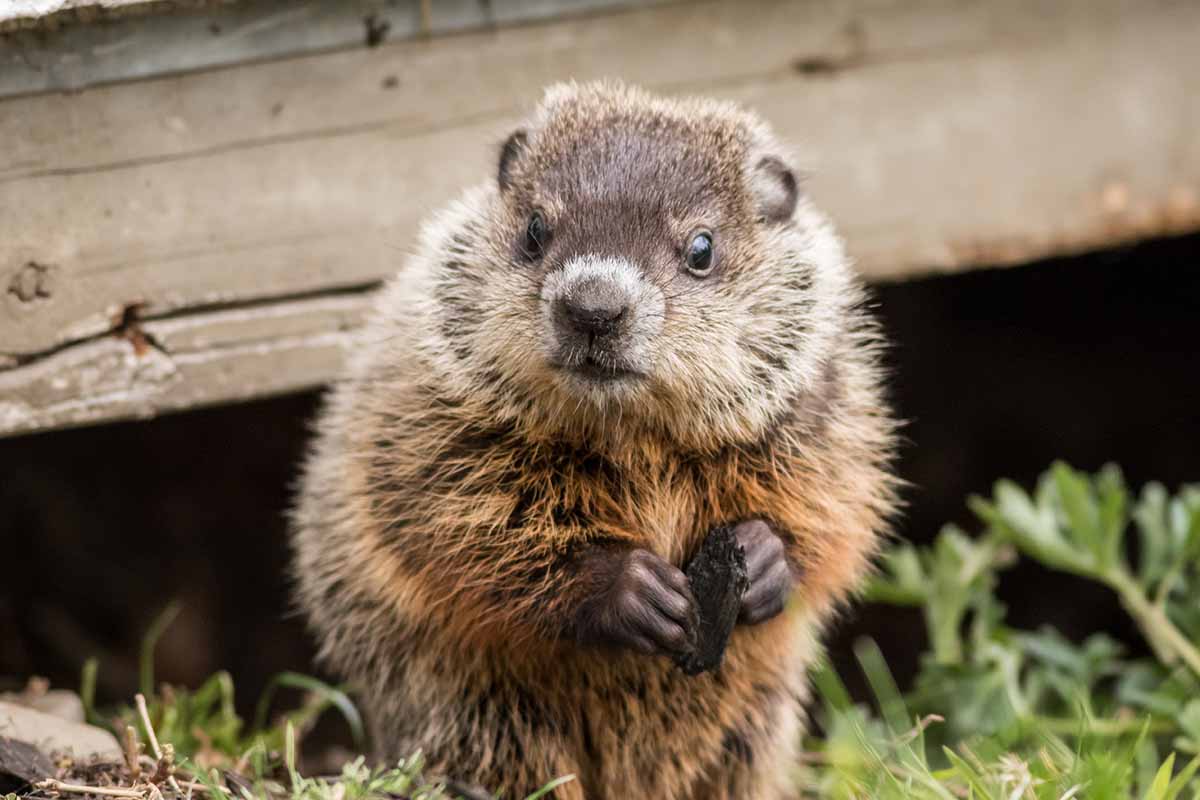
But a perimeter of hardware cloth that goes 18 inches below the soil can help fortify your property fence against burrowers, if you have a small, fenced yard.
Don’t have a fence? Here’s how to construct one that’ll keep out creatures as large and as spry as deer!
3. Grow Deterrents
Besides growing the types of bulbs that rodents typically don’t like, you can place plants nearby that won’t just cause rodents to be disinterested, but discouraged.
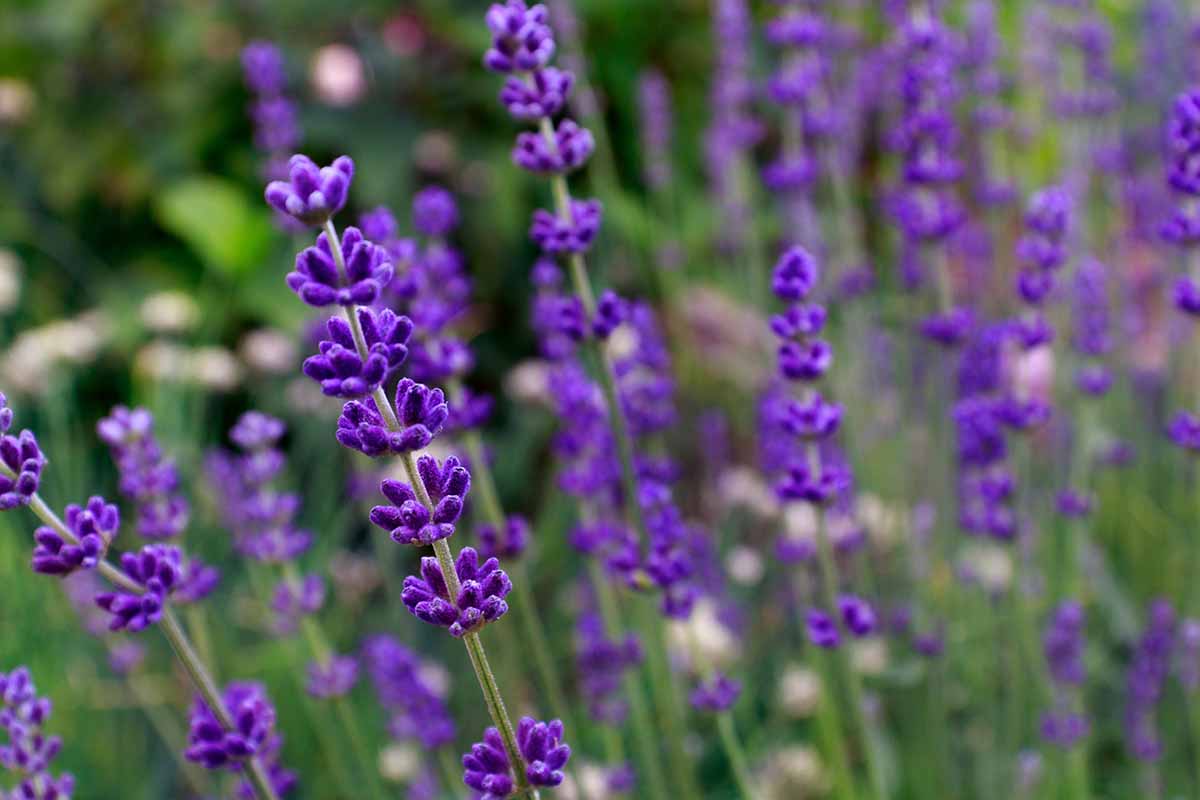
Strongly-scented herbs such as lavender, mint, and salvia are effective deterrents, as well as marigolds, sedum, and garlic. You’d be surprised at how many plants vermin find distasteful!
4. Utilize Repellents
Besides live plants, many other substances are repulsive to rodents.
Before you plant your bulbs, you can actually throw them in a bucket and coat ’em in chili powder like a bowl of Louisiana catfish. Dust the soil surface with the powder too, as this is an added deterrent.
Garlic powder works well as a soil dusting, too, especially against rats, mice, and – as a bonus – rabbits.
You can always use a synthetic product, such as this chipmunk, squirrel, and general rodent repellent spray from Bonide, available at Arbico Organics.
It utilizes a quadruple combo of cedarwood, castor, clove, and peppermint oils!
5. Set Up Traps
If you need to eliminate a rodent infestation pronto, trapping can be very effective, whether you go with a lethal trap or something humane.
Hiring a professional is costly, but it does make the process much easier. Otherwise, you can set up and manage the traps on your own.
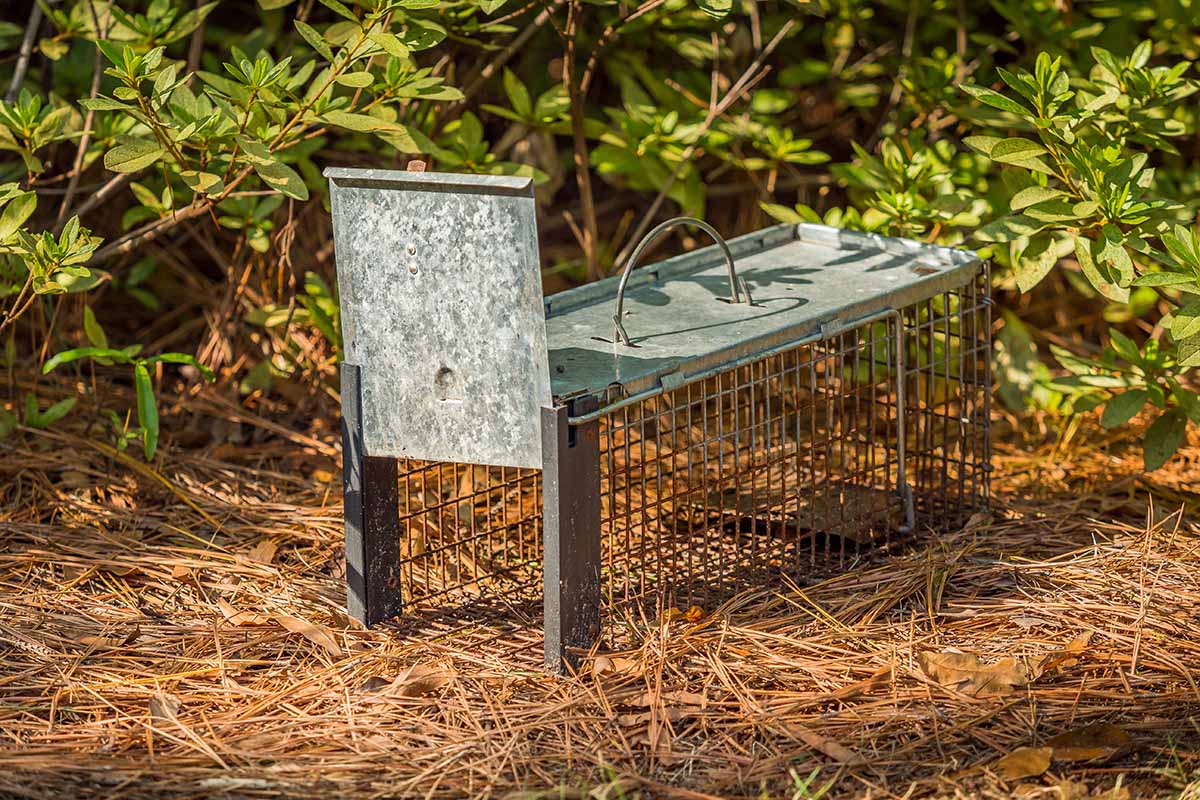
Traps come in various shapes and sizes, and are composed of all sorts of materials. In general, you can classify them as live, snap, or glue traps.
I wouldn’t use any traps that rely on poisons, especially if you live with dogs, little kids, or anyone else who’s prone to putting stuff in their mouth on a whim.
Additionally, there is a risk of secondary poisoning for animals that consume poisoned rodents.
Live traps, as the name suggests, capture animals while leaving them unharmed. A very nice gesture, but then it’s up to you to release them elsewhere.
Ideally, you’d drop them off two to five miles away or further, in a natural environment where they can find the resources to survive but not in someone else’s property!
Then there are snap traps, which snap closed on a caught creature, killing it swiftly. At least ideally – there’s always an unfortunate chance that it’ll take a painful, wince-inducing amount of time to die.
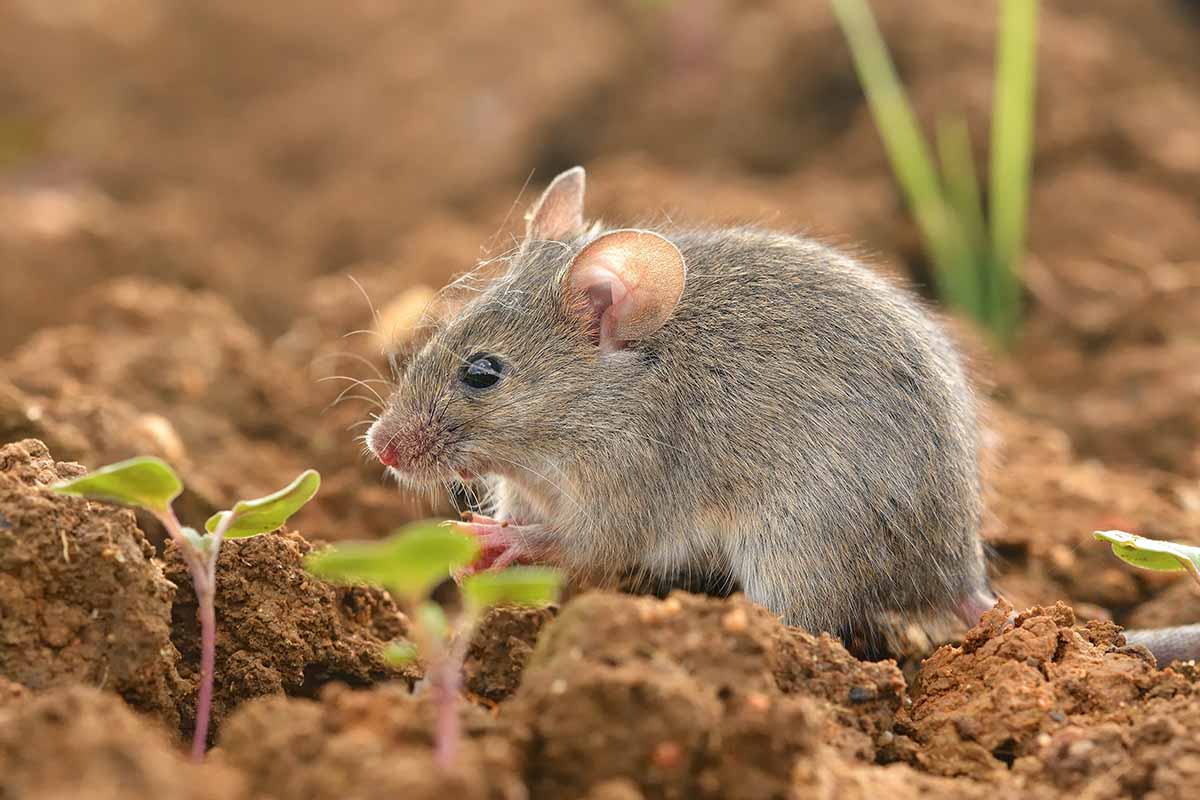
The glue traps, which use an adhesive to keep the animal stuck in place, are inhumane.
Since there’s no way to unstick the catch, you’ll have to kill them while they’re actually stuck to the trap, which is a very unpleasant affair.
Plus, they may try to chew off their own stuck limb to escape, or even cannibalize a fellow rodent they’re stuck with – both of which are unnecessarily cruel and gruesome.
I think I speak for most folks when I say that glue traps should be avoided at all costs.
Want a humane trap that’ll catch outdoor rodents?
Check out this galvanized iron folding trap with a carrying handle, available from Home Depot.
As for where to place traps, rats and mice love traveling along walls, fences, or anywhere else with a consistent edge to guide them, so it would be good to place traps near those areas.
Nesting sites, droppings, and gnaw marks can indicate where they like to hang out. Placing traps to catch burrowers near their burrow entrances isn’t a bad idea, either.
If you have a severe rodent infestation on your hands, it’s best to contact a professional exterminator.
Rodents Eating Flower Bulbs? Not on Your Watch!
The dark days of your tulips being terrorized are coming to an end. Now that you’ve read through these tips, rodents will learn the hard way not to mess with your garden.
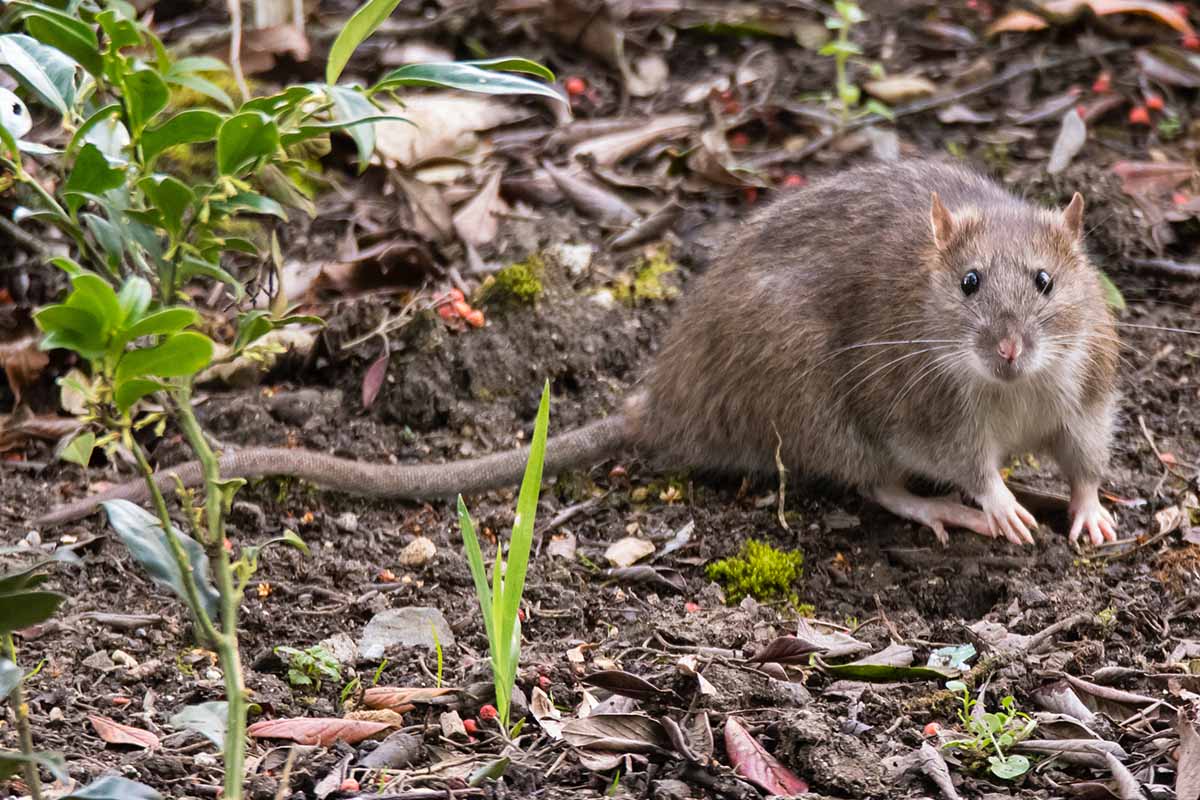
Since there are so many types of rodents, what works to manage one may not deter others. So keep your mind open, and never stop learning.
Need more clarification? Any tips that I missed? Head on down to the comments section below!
And for more information about growing bulb flowers in your garden, check out these guides next:
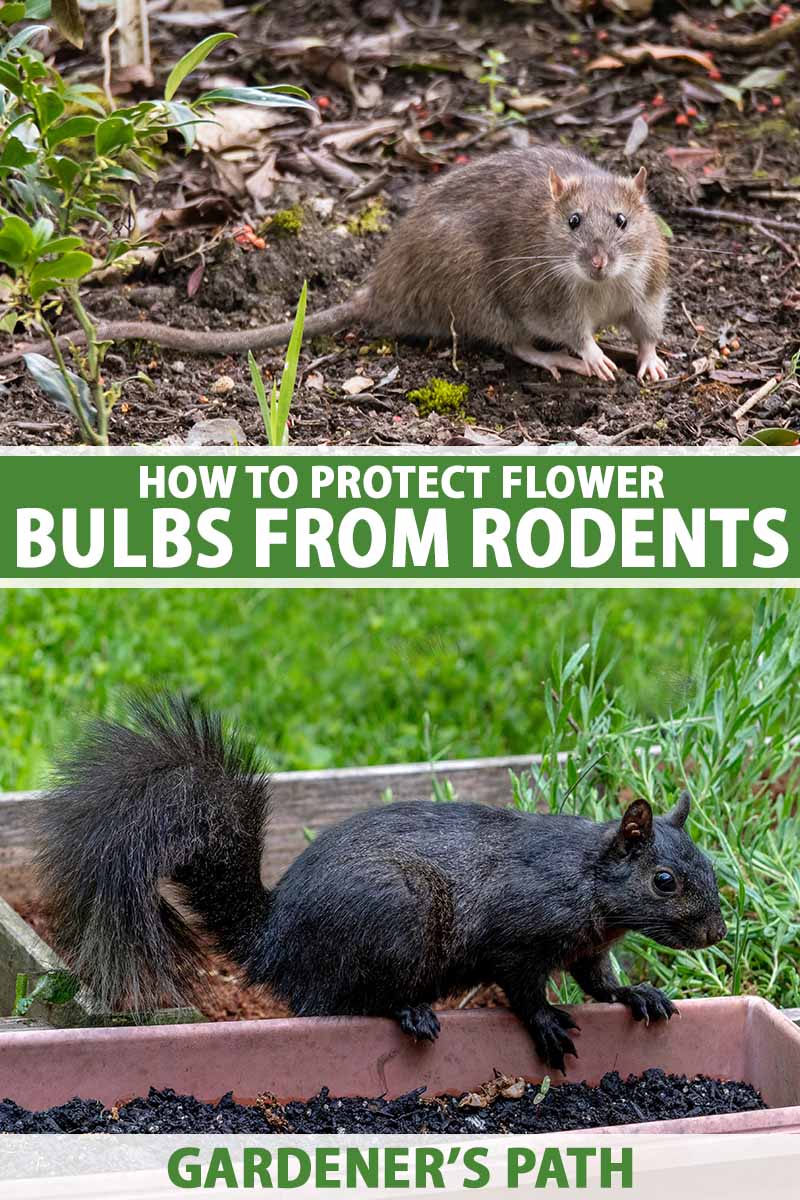
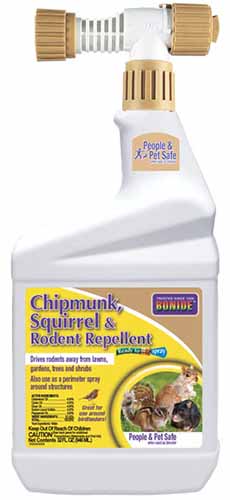



If you’ve ever seen a squirrel suffer from getting cayenne pepper on their, paws/mouths you might change your mind about that deterrent…bulb cages and garlic powder work well enough -(and even torn up mint leaves on the surrounding soil once it is tall) , that it isn’t necessary to hurt them, and I have A LOT to fend off…plus I find putting out food for them at the other end of my garden helps quite a bit. Thnk u for article!
Glad you enjoyed it! Thanks for reading.